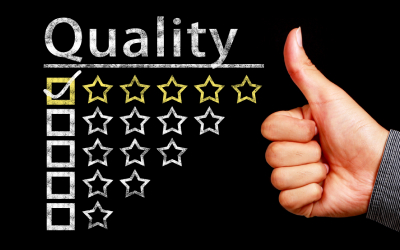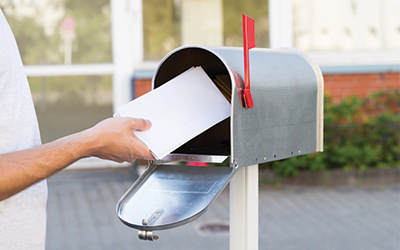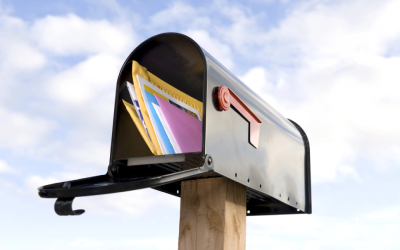Industries and businesses across the board have one thing in common, and that is change. Organizations are dynamic. People are always on the move. B2B data hygiene must keep pace to be effective.
Every 30 minutes, 120 business addresses and 75 phone numbers change, 20 CEOs leave their jobs, and 30 new businesses are formed. (Source: Sales & Marketing Institute and Dun & Bradstreet – Point #2
The numbers are there for all to see. The U.S. Bureau of Labor Statistics publishes a table titled “Annual total separations rates by industry and region, not seasonally adjusted”. It shows total workforce separations by industry and region. The figures shown are percentages, over a five year period. In 2019, the most volatile sector was Leisure & Hospitality at 78.8%, while the most stable was Government, at 18.7%. The pandemic has certainly caused a spike in volatility for the former. Periodic turnover rather than attrition is more the norm for the latter. In either case data freshness is key to successful marketing and communication.
IBM has published an infographic titled, “Four V’s Of Big Data”. One statistic stands out: Poor data quality costs the U.S. economy $3.1 trillion a year.
This affects marketing to enterprises from every sector and of every size, with barriers to entry both high and low. It affects marketing to workforces that are accreditation-intensive and those who welcome all comers. Fresh, accurate data means a campaign’s aim is true. It is money well spent versus wasted. Current, complete records make it possible to open meaningful dialogue with a desired audience.
Make The Most Of Compiled Data
Buying B2B data isn’t like ordering fast food. It is NOT the “easy” way out. Even data from the most trusted source is just a start for B2B marketers who are serious about ROI. Look-alike matching, audience modeling, and segmenting for personalization increase the value of purchased lists. Why bother? Consider the following:
Overall USPS Data – Total mail – 142.6 billion pieces, number of legitimate daily corporate email messages – 3.5 million, 35.8 million address changes, $1.6 trillion – size of mailing industry. The USPS handled 35.8 million address changes in 2019. The message is clear, strict data hygiene practices prevent campaigns from becoming driftwood on the rolling sea of mail.
B2B Email Marketing – Global email usage is approaching 4 billion, and is projected to rise to almost 4.5 billion by 2024. Email continues to command attention among B2B audiences. Almost 60% of B2B marketers find that email is their top revenue generator.
A study by Dun & Bradstreet found that, despite good intentions, significant percentages of B2B marketers were venturing forth in the absence of critical data appends, most of which are readily obtainable. These include industry information, revenue data, employee data (including title info), email address, phone contact, and website URL.
Combining physical and electronic mail in a well timed campaign is a proven path to ROI. On average, there’s a 25% hit rate of matching physical addresses with email addresses. This enables techniques such as personalization, increasing the power of a data investment.
Less Is More
Enterprise change and workforce mobility are constants. When companies merge or go out of business, B2B data hygiene demands an up to date suppression file. Data decay must be recognized and factored into every marketing campaign.
Compiled data sources monitored by our HyperHygiene® process. This ensures high levels of deliverability and response. Following are the steps and precautions that maintain the hygiene of our data:
- Perform NCOA sweeps far more often than most list sources.
- Resolve duplication in its various wasteful forms.
- Resolve incorrect information entered during registration processes.
- Filter customer vs. purchased records so you don’t pay for what you don’t need.
- Separate Duns numbers may be assigned for entities with the same owner or location.
- Phone companies may reassign former business phone numbers to individuals, and may NOT include them in business list updates.
B2B Data Hygiene Is Not All About Attrition
The flip side to the workforce separation data previously cited is the data documenting industry growth. In the near term, hiring by industry in November 2020 was little changed from November 2019. This is after nine months of which were during the year of the ongoing COVID pandemic. Professional and business services showed the largest YoY gain of 132,000. Looking ahead, the Bureau of Labor Statistics, The Economics Daily, projects 5 out of 20 fastest-growing industries from 2019 to 2029 are in healthcare and social assistance. This reflects an increase during the period of approximately 6 million jobs.
Data such as this will inform the mailing lists available from reputable data sources. The evidence is clear: Reaching an audience of business decision makers on a relevant and personal basis requires fresh, clean data.




